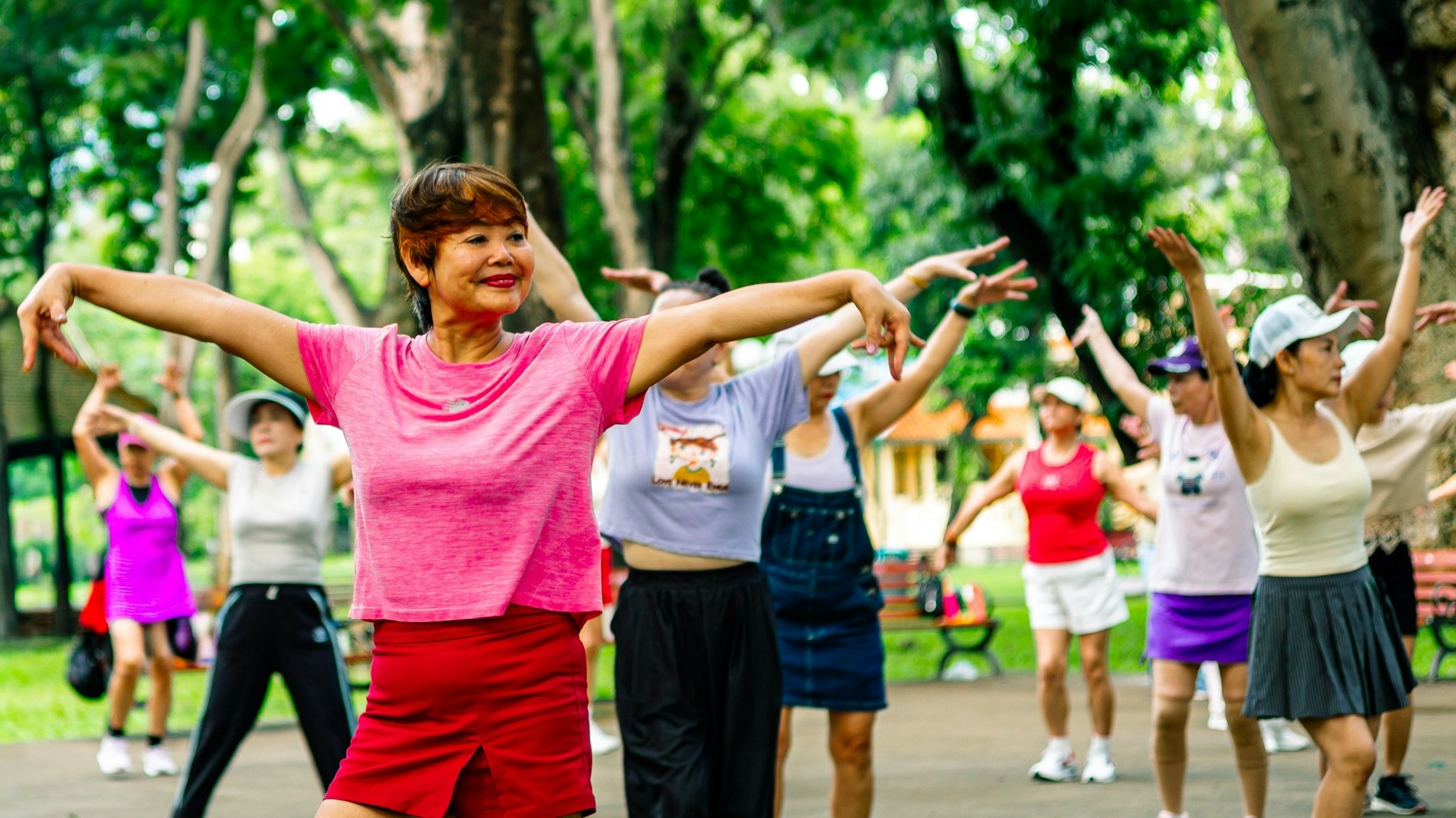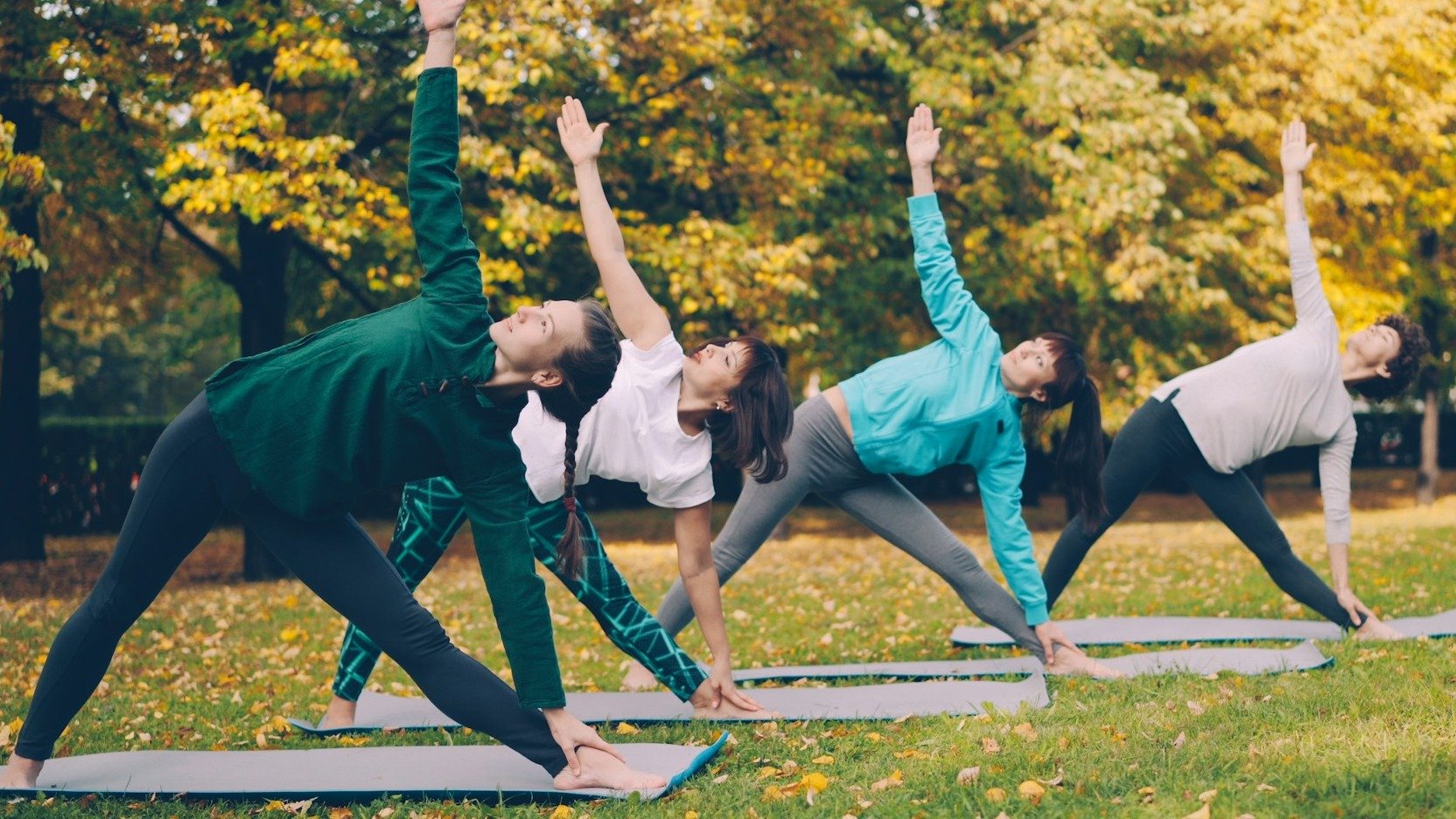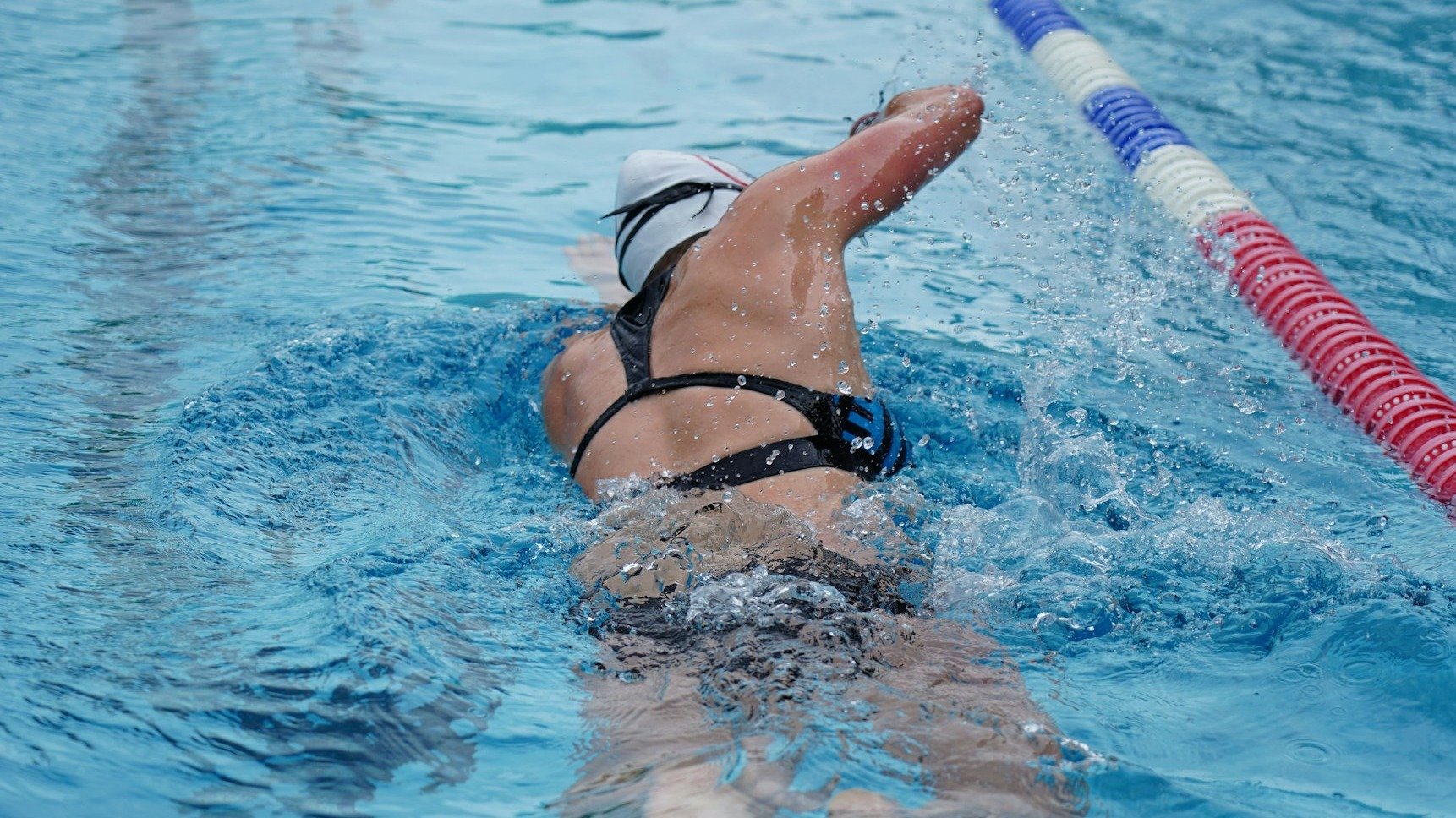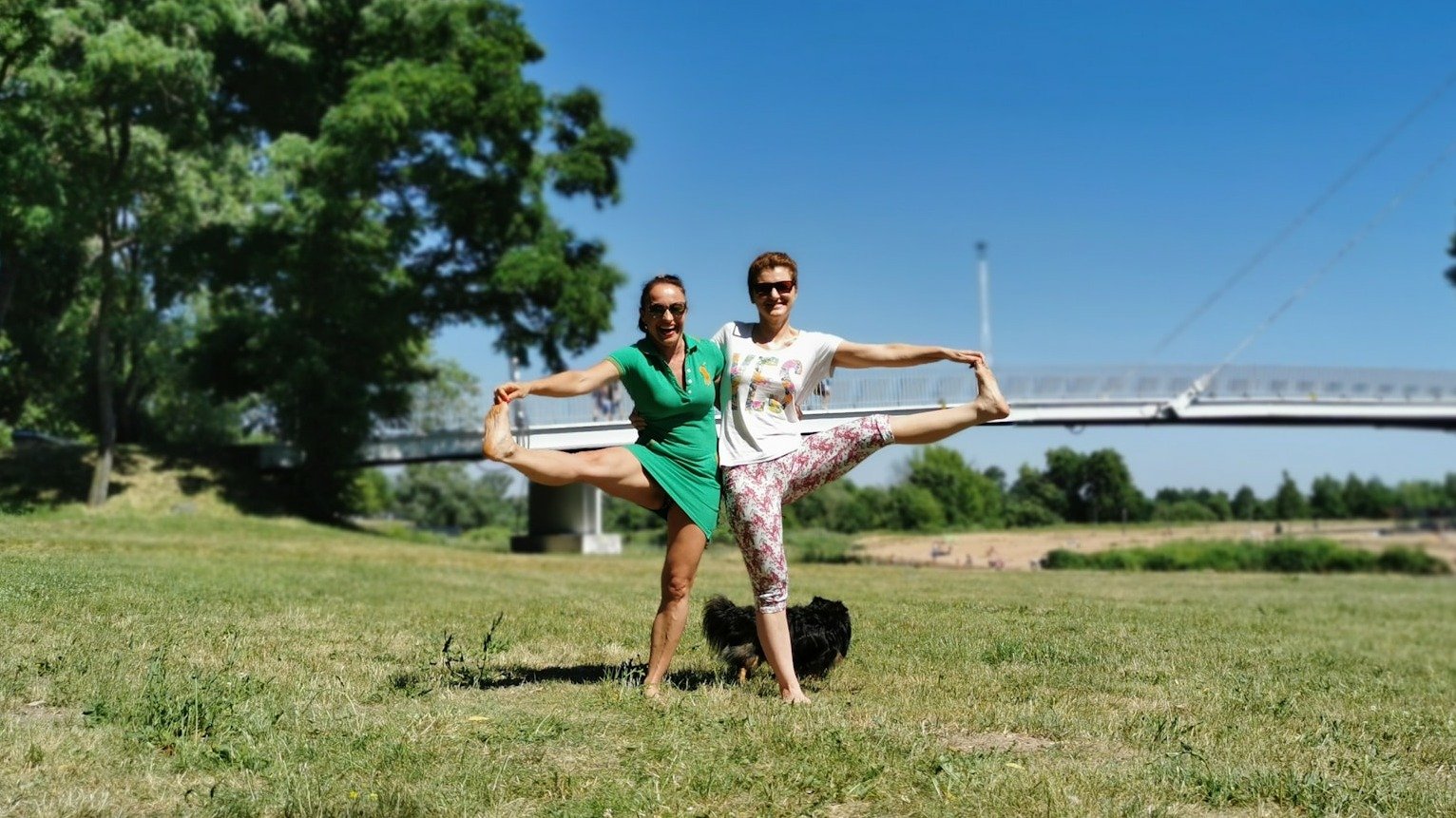Movement for Energy and Balance in Midlife

If your usual workouts are leaving you drained or unmotivated, you’re not alone. Many women in their 40s and beyond notice that what once worked no longer feels right. Hormonal changes, stress and shifting energy levels can make traditional exercise routines feel exhausting rather than energising. But the good news is that movement is still one of the most powerful ways to feel better in midlife; it just needs a new approach.
Movement isn’t about punishment or perfection. It’s about reconnecting with your body, finding joy in movement, and supporting your energy, hormones and mood through simple, sustainable actions.
Why Movement Matters More After 40
The Hormone Connection
As estrogen levels fluctuate during perimenopause, many women experience changes in mood, energy, metabolism and sleep. Regular movement supports hormone balance, improves circulation and helps regulate stress hormones like cortisol. It also boosts endorphins, the feel-good chemicals, that lift your mood and energy.
You don’t need high, intensity workouts to see benefits. Gentle, consistent movement, like walking, yoga, Pilates or swimming, can do wonders for hormone health and emotional wellbeing.
Energy and Recovery
Your body may not bounce back from intense workouts the way it used to, and that’s perfectly normal. Focus on movement that restores rather than depletes. Alternate strength training with stretching or restorative yoga. Add more recovery days when needed and listen to your body’s signals instead of pushing through fatigue. Remember, your body will whisper before it screams!

Types of Movement That Support Midlife Wellness
Strength Training for Longevity
Muscle mass naturally declines with age, which can affect balance, metabolism and confidence. Strength training two to three times a week using resistance bands, bodyweight or light weights helps maintain strength and bone health while boosting metabolism.
Even simple movements like squats, wall push-ups or resistance band rows can make a big difference over time.
Low Impact Cardio for Heart and Mood
Walking, cycling, or swimming improves heart health without straining joints. These activities also support mental clarity, reduce anxiety, and promote better sleep. Getting outdoors adds the bonus of fresh air, sunlight and vitamin D for bone strength and immune health.
Mindful and Functional Movement
Gentle practices such as yoga, stretching, or Pilates activate your “rest and digest” system, calming stress and improving flexibility and balance. These movements also help maintain posture and prevent injury, especially as muscle elasticity changes with age.

Exercise Without Exhaustion
Ditch the “No Pain, No Gain” Mindset
The old fitness mantra doesn’t serve women in midlife. Overexercising can elevate cortisol and make symptoms like hot flashes, fatigue or anxiety worse. Instead, aim for consistency over intensity. A 15-minute walk or a short yoga flow can do more for your body than an hour of high, stress exercise.
Build in Rest and Recovery
Rest isn’t laziness, it’s part of the plan. Incorporate rest days, stretch breaks and gentle movement between workouts. This balance allows your body to rebuild and your hormones to stabilise.
Make It Enjoyable
Movement doesn’t have to mean a gym membership. Dance in your kitchen, take a walk with a friend, stretch before bed or try a new class online. When movement feels enjoyable, you’re more likely to make it a lasting part of your life.

Creating a Sustainable Routine
Start small. Add one simple habit, like a short walk after lunch or five minutes of stretching in the morning. Celebrate your progress, not perfection. If you miss a day, that’s okay, just begin again. Over time, these small steps build real strength, resilience and energy.
Tuning into how your body feels is key. Ask yourself: “Does this movement make me feel more alive?” If it does, keep going. If it leaves you feeling depleted, choose something gentler next time. Your body knows what it needs, so listen to it!
Move with Compassion, Not Comparison
Midlife isn’t about slowing down, it’s about moving differently. When you approach movement with compassion instead of comparison, it becomes a tool for energy, confidence and self-care. You’re not behind, and your body isn’t broken, it’s simply changing, and you can support it with the right kind of care.
Movement is medicine. It fuels your body, calms your mind, and reconnects you to yourself, one step, stretch or dance move at a time!
If you’re ready to rediscover movement that feels good and works for your life, explore more wellbeing tips and articles in my Blog or connect to learn more about personalised support.
Further Reading
Staying in shape: A case of "use it or lose it" - Harvard Health